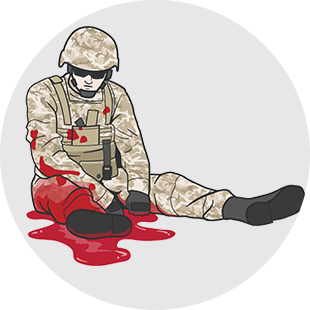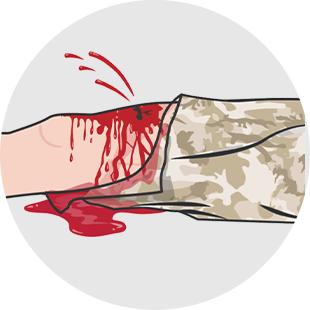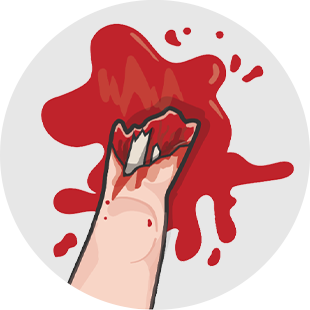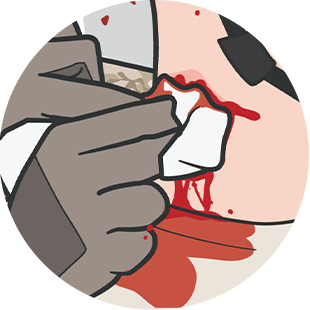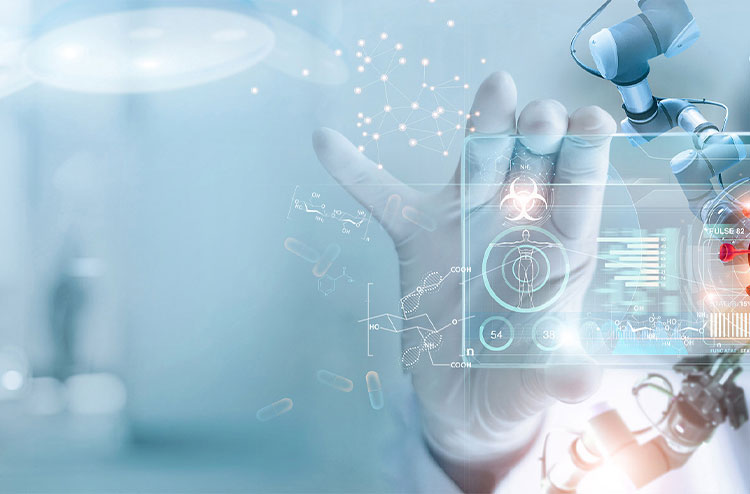What is Chitosan?
Chitosan is derived from Chitin, a second most abundantly available natural polymer after cellulose,which is widely found in the shells of shrimp, crabs, insects and so on. The raw materials of ChitoGuard™ Hemostats are extracted from the crab legs of Alaska deep sea snow crab, which is pollution-free, higher purity and better quality than others.
As an ideal Biomaterial for medical devices, chitosan has features including: Bioactive, Biocompatible, Non-toxic, Non-corrosive, Bio-inert, Bio-adoptable and Sterilizable.
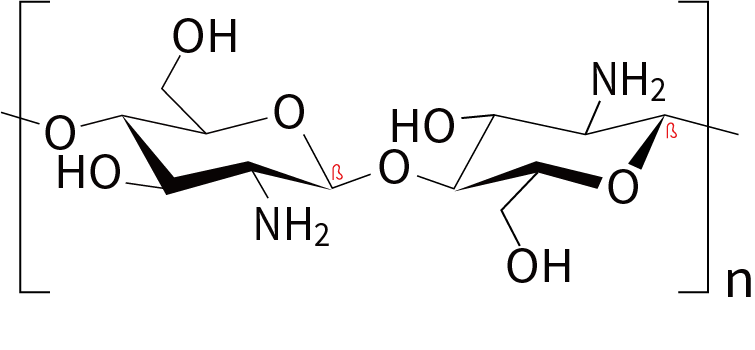
Chitosan
What is CM-Chitosan (Carboxymethyl Chitosan)?
ChitoGuard™ adopts directed molecular modification technology to adjust chitosan molecules’ hydrophilicity/hydrophobicity, functional activity and degradation cycle.
Compared with chitosan, CM-Chitosan (Carboxymethyl chitosan)has a neutral pH, stronger stickiness to wound tissue, and faster liquid absorption. In addition, it relieves pain and is self-degradable. Therefore, as a hemostat, carboxymethyl chitosan material has obvious advantages over chitosan material.
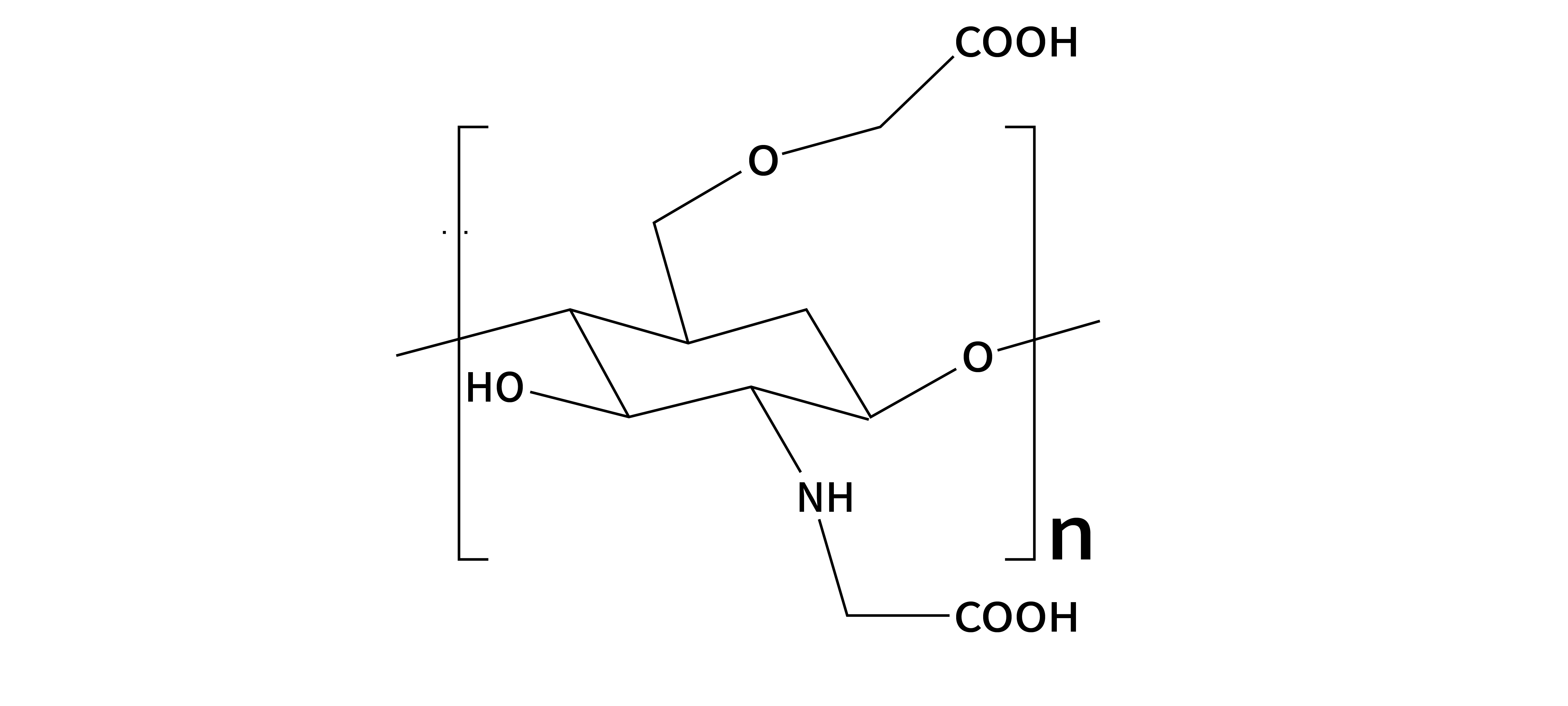
Carboxymethyl chitosan
How it works?
ChitoGuard™ applies a high-quality chitosan potented technology to poduce fast-acting, safe and highly effective hemostats.
When placed directly into a bleeding wound and subjected to pressure, the positively charged ChitoGuard™ chitosan cross-links with negatively charged red blood cells, forming a sticky clot that blocks blood flow. This clot sticks well to wound tissue to plug the bleeding site.
1.Compared with hemostatic materials such as zeolite and kaolin, chitosan hemostatic materials do not generate heat to burn wound tissue, reduce the risk of thrombosis, and are biodegradable.
2.Work on hyothermic and anticoagulant conditions(such as Coumadin and Heparin)
3.Faster hemostasis than natural blood clotting cascade
4.Easy removal from combat injury site
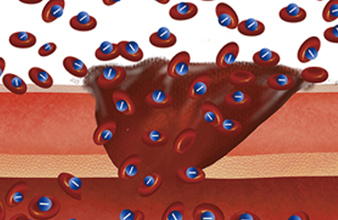
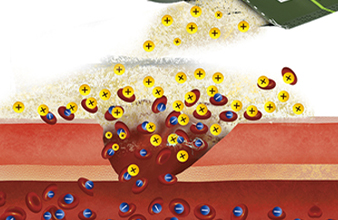
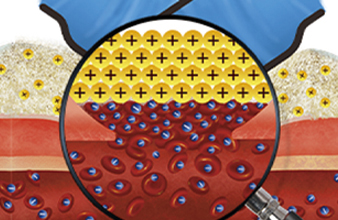
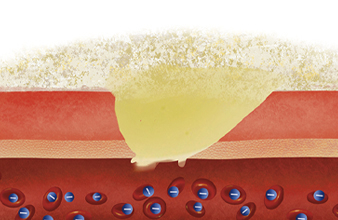
Mechanisms of important properties of Chitosan
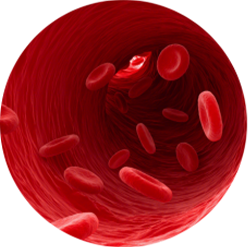
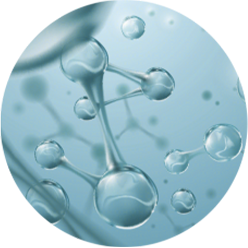
control
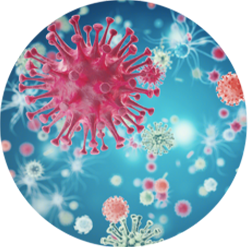
microbial
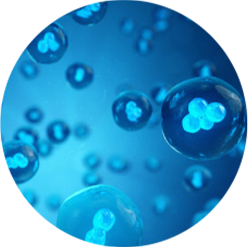
healing
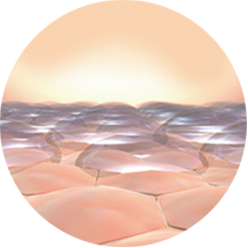
prevention

Cationic chitosan binds to negatively charged blood cells and leads to platelet activation.

Chitosan relieves pain through its analgesic effect by reducing concentration of inflammatory mediators (bradykinin) at site of injury. It also absorbs of proton ions released in the inflammatory site to control pain.

Positively charged chitosan molecules bind to negatively charged microbial cell membranes, which leads to the disruption of microbial membrane, and subsequently the leakage of proteinaceous and other intracellular constituents.

Chitosan helps in wound healing through multiple pathways such as, polymorph-onuclear cell activation, Fibroblast activation, Cytokine production, Giant cell migra-tion and Stimulation Of type IV collagen synthesis.

Chitosan helps in wound healing through multiple pathways such as, polymorphonuclear cell activation, Fibroblast activation, Cytokine production, Giant cell migration and Stimulation Of type IV collagen synthesis.
Chitosan & CM-Chitosan Production
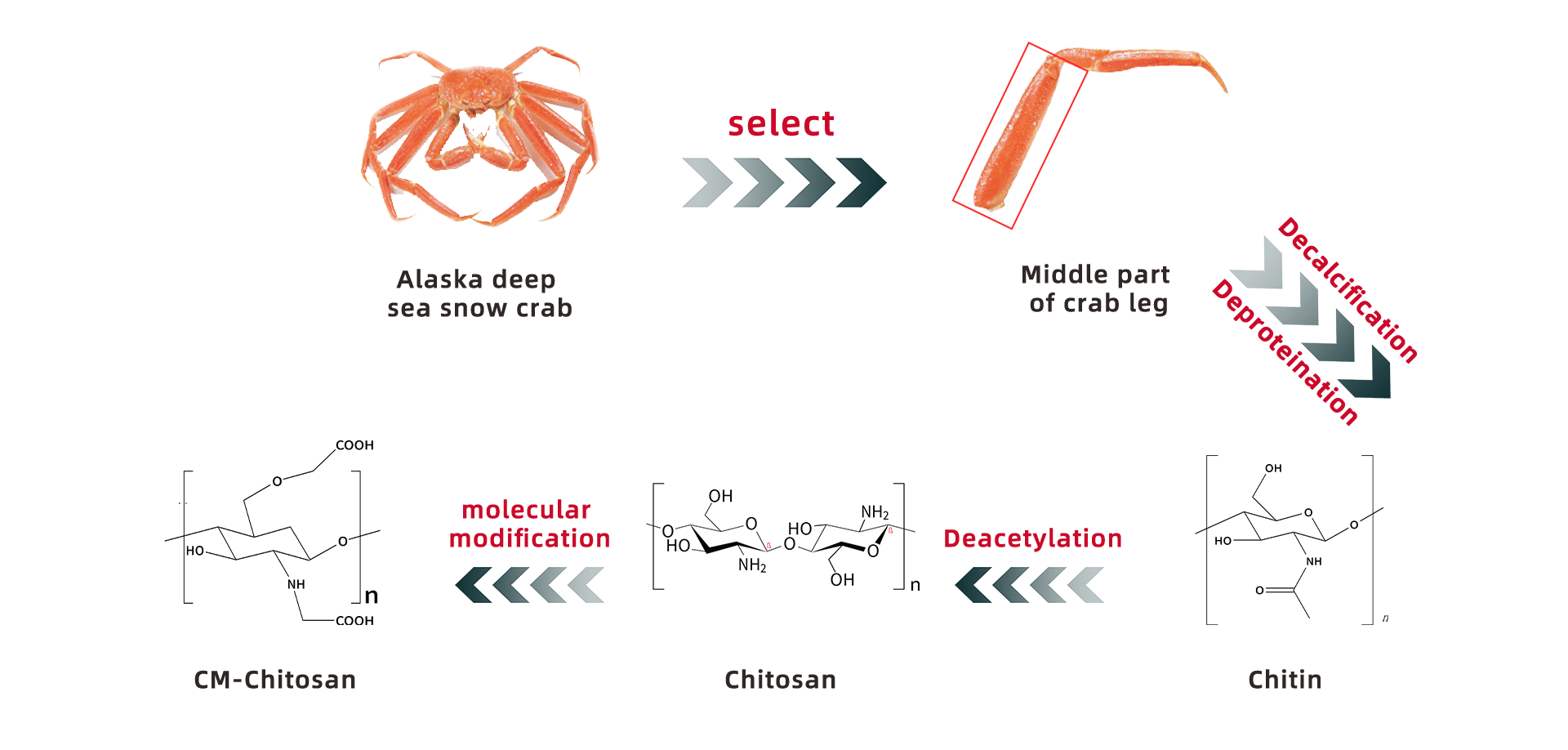
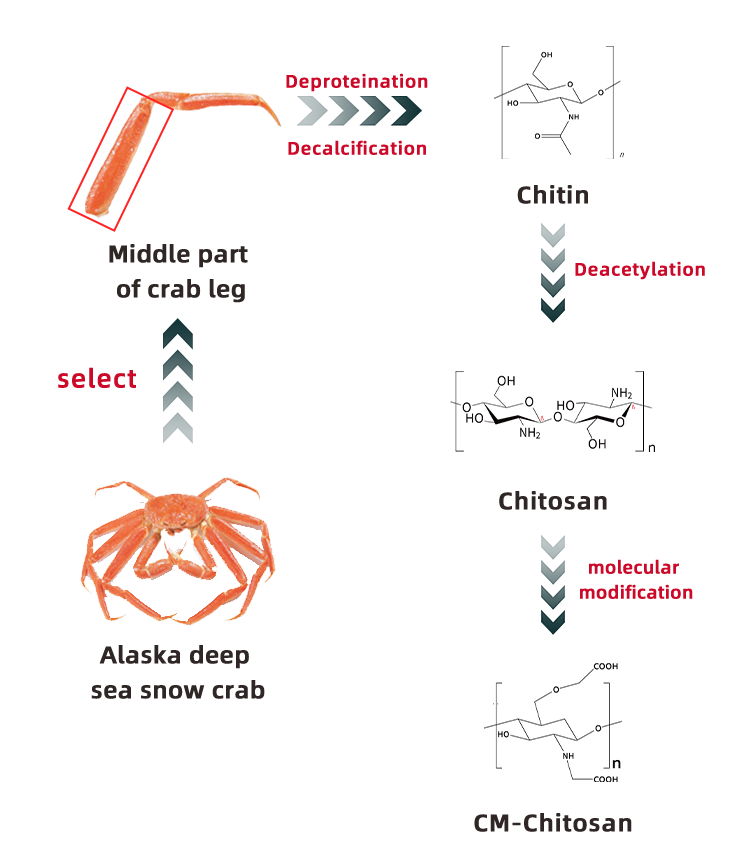
Types of Processed Chitosan and CM-Chitosan
Chitosan and CM-Chitosan can be processed into various forms. Common forms of hemostatic materials are granules, sponge, gauze, etc.
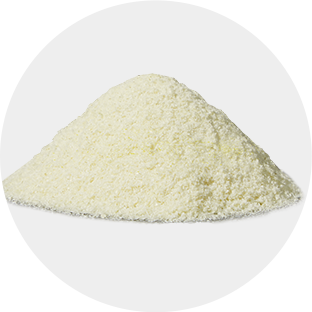
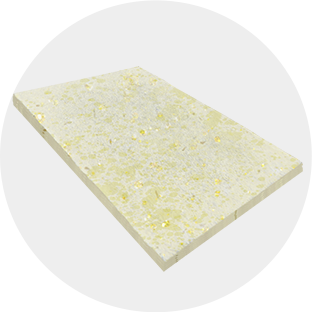
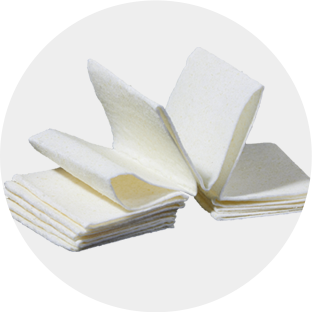
Applicable scenarios
(1) Gunshot wounds, Bullet Entry wounds
(2) Puncture or Stab wounds
(3) Cut wounds, Knife wounds
(4) Blast wounds
(5) Arterial and Venous bleeding
